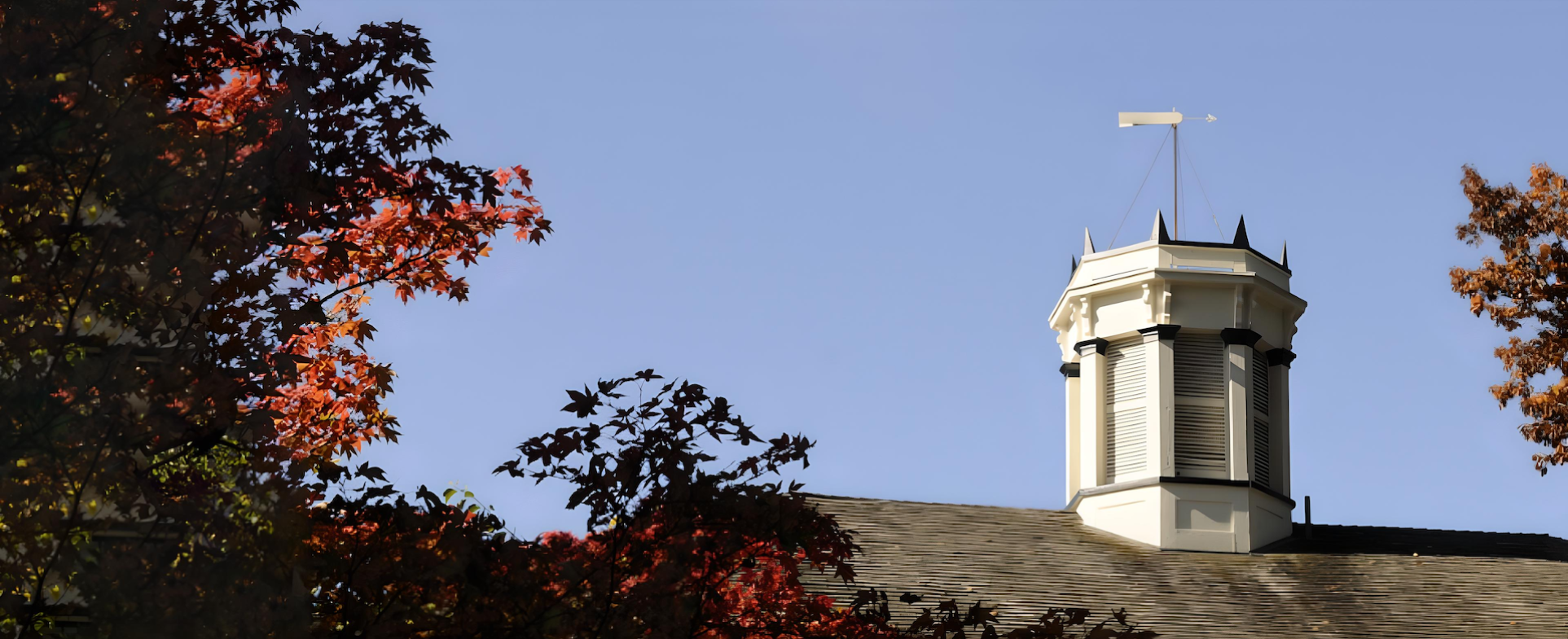Why Study Art History?
Explore cultures, geographic areas and time periods as you learn about the visual arts in their historical and theoretical contexts.
Art history goes beyond merely studying artistic styles and aesthetic theories to exploring a variety of cultures, geographic areas, and time periods, in both western and non-western art. In the art history major or minor, students understand the impact of visual culture on the formation of human values, beliefs, creativity, and identity in diverse civilizations.
While studying art history, students explore the meaning and functions of the visual arts as created within specific historical, social, political, philosophical and religious contexts. Students also learn to look critically at a work, considering issues such as the character and evolution of form and style, iconography, and underlying ideologies and concepts. Students become familiar with methods of art analysis and the vocabulary needed to discuss and describe works. The art history major features a global perspective with offerings in both Western and non-Western art.
What Can You Do With an Art History Major?
Studying art history at Pacific prepares students for advanced degrees in graduate school as well as employment in galleries, museums, arts administration, art criticism, nonprofit organizations, art centers and institutions, conservation, archivist, and art education. Students who are considering graduate work in art history are encouraged to study another language beyond the 102 level. Students who are interested in the field of art conservation may wish to pursue a chemistry minor.
Students in the art history major, or those who simply take art history classes, develop skills that enhance their achievements as students and scholars while cultivating skills that are highly valued by employers. These skills include research, critical and creative thinking, communication skills and problem-solving.
Art on Campus
The Permanent Art Collection at Pacific University is an extension of the Kathrin Cawein Gallery’s exhibition program and includes over 1,200 original works of art from regionally, nationally, and internationally acclaimed artists. Exhibits change monthly throughout the academic year and are provided at no cost to the public through the Department of Art.
The Art Club supports a variety of crafty activities around campus including pumpkin painting for Halloween, bike decorating for Bike Week, tie-dying, and the Human Body Canvas project.

